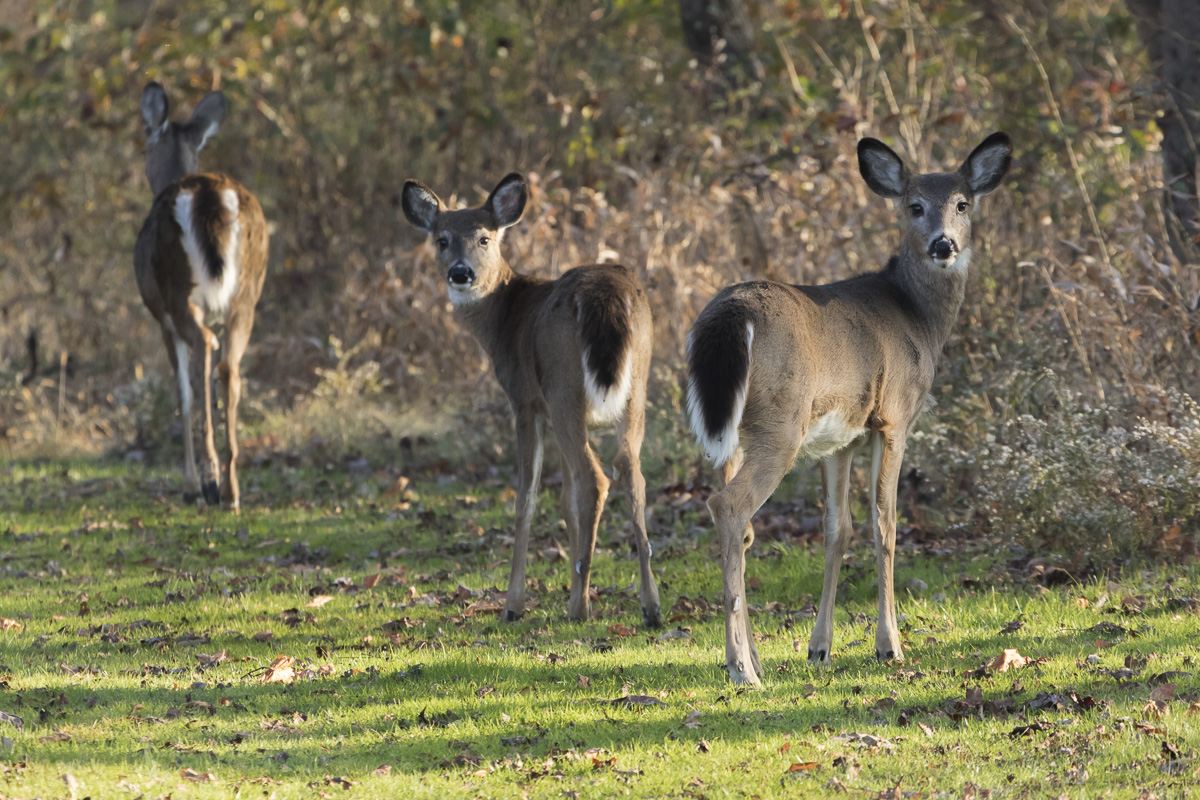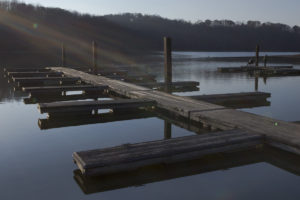
By Michael Slevin
Webster’s New World College Dictionary defines “gem” in two ways. “A cut and polished gemstone or a pearl, used for ornamentation,” and “Anything prized for its beauty and value, esp. if small and perfect of its kind.”
Within the parameters of these definitions, Salt Fork State Park is a gem of its own.“It’s almost like we have our own little city here,” Regional Park Manager Adam Sikora says.
“[Salt Fork] is the largest state park in Ohio. Another interesting thing about Salt Fork is our agreement that we have with the [Ohio] Division of Wildlife,” Sikora says. The Division of Wildlife maintains food plots for doves, turkeys and deer, among various other animals on the park’s premises.
According to the Division of Wildlife’s website, it manages over three-quarters of a million acres of diverse wildlife lands throughout the state. In addition to maintaining animal population, theDivision of Wildlife works to improve the actual habitats of the animals through stream improvements or pollution investigation.
“Salt Fork is the crowned jewel as far as Ohio state parks go,” Sikora says. This title is thanks to the distinctive geological properties of the park. In 2009 the Ohio Department of Natural Resources took a geological survey and published a study, titled Geology of a Rare Gem: Salt Fork State Park, that detailed some of what makes Salt Fork so special.
“Shelter caves and massive sandstone ledges exist throughout the park. Noteworthy places to explore include the rocky gorges, caves and cascades of the cottage area west of the golf course,” writes author and former state geologist Larry Wickstrom.
Off the Trail
Salt Fork offers a gorgeous setting alongside a vast array of activities, including horseback riding, camping and golfing. But perhaps the most interesting activity in the park is gem mining,where kids can learn about various gemstones, fossils and arrowheads.
Salt Fork offers a gorgeous setting alongside a vast array of activities, including horseback riding, camping and golfing. But perhaps the most interesting activity in the park is gem mining,where kids can learn about various gemstones, fossils and arrowheads.
The park purchases bags of rough from Sandy Creek Mining Company in Fostoria, Ohio. It is the kid’s job to go through their bag of rough, separating sand from the gems, fossils or arrowheads inside.
The kids will then go to the sluice, which is a small water tower that rushes water through the sand, leaving only the gemstones or fossils behind after sifting. These gems are referred to as“tailings,” meaning they are stones that are not gem quality. These are not the gems found in a jewelry store because they can’t be polished, or are too small.Someone participating in this activity could expect to find coveted gems such as emerald, onyx,ruby, sapphire and crystal points, in addition to such fossils as amber, trilobite, and coral. These are just a few of the 42 potential gems or fossils that one could find in their bag of rough.Although the gem mining activity attracts campers from spring through early fall, the real gem is the natural beauty of all 20,000-plus acres of park grounds.
Salt Fork’s beauty is tucked away in hidden caves and verdant forests. Seemingly endless trails are densely populated with everything from moss covered boulders to peaceful streams converging with fallen leaves.
Salt Fork’s current beauty aligns with its legacy that includes prehistoric animals like the mastodon, hunting grounds for Native Americans, and in the 1870s, a prime location for the production of salt. Today, Salt Fork serves as a place for all Ohioans to take in the elegant grandeur that the state’s largest park has to offer.
